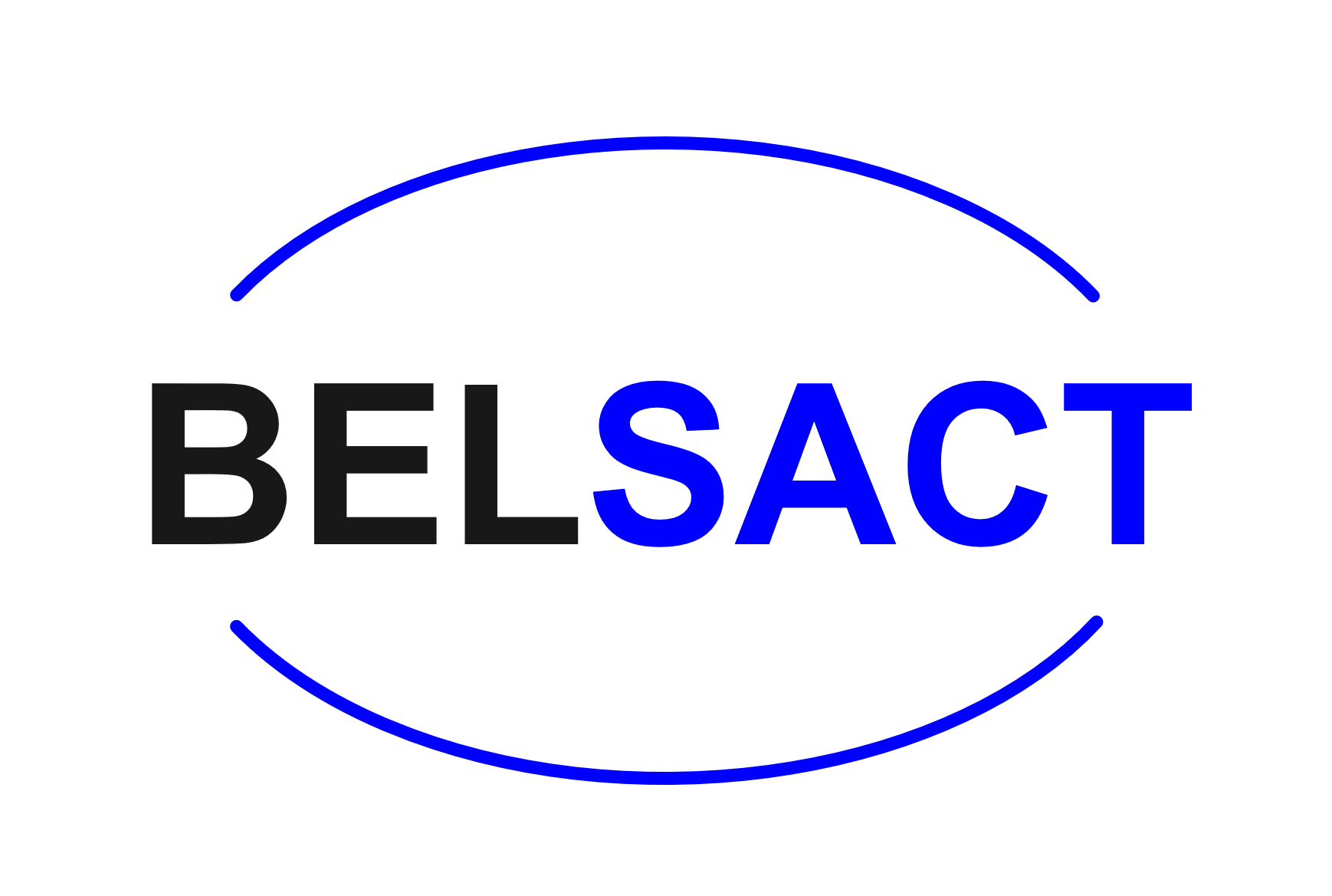Realities and potential of gentle droplet biology: applications in single-cell functional screening, single-cell secretome studies, gentle cell sorting, and high-throughput 3D cell culture
Stéphanie van Loo is the founder, CEO and CTO of LiveDrop. She is a biomedical civil engineer and holds a PhD in applied sciences from the University of Liège. During her thesis at the Microfluidics lab, Stéphanie developed a technology for sorting cells in microfluidic droplets. Aware of the usefulness of this technology for the life sciences, Stéphanie then embarked on an entrepreneurial adventure to exploit these results. Stéphanie developed a business plan and a product prototype, before creating the LiveDrop company in 2022. In less than two years, the company has developed two commercial products: ModaFlow and OneFlow, along with their accessories and biological workflows.
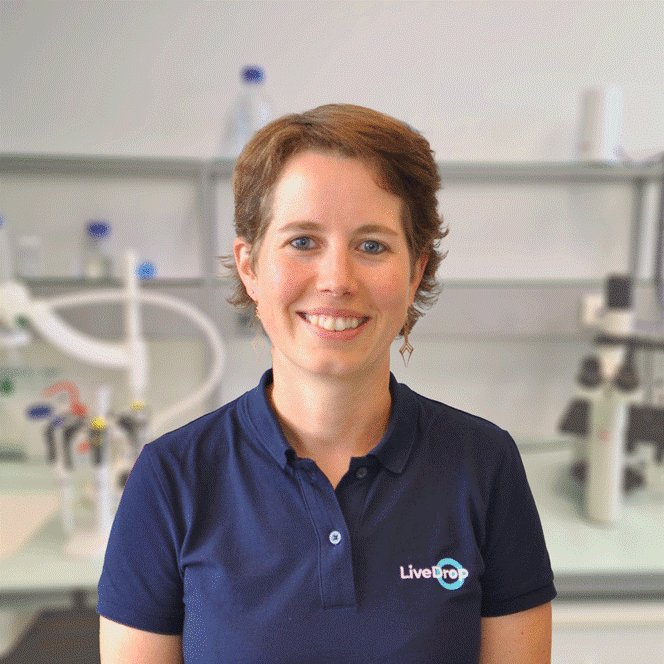
Optimizing recombinant adeno-associated viruses for targeted therapeutic approaches in brain tumors
Dr. Virginie Neirinckx obtained her PhD in Biomedical and Pharmaceutical Science from the GIGA Research Centre (ULiège) in 2015 in the field of stem cells. She then joined the NorLux Neuro- Oncology Laboratory at the Luxembourg Institute of Health (LIH), headed by Prof. Simone Niclou, as a postdoc researcher studying endogenous inhibitors of receptor tyrosine kinases in glioblastoma (GBM). In 2020, she returned to ULiège-GIGA as an Assistant Professor in the unit of Prof. Bernard Rogister, co-supervising a research group focusing on brain tumor biology and on the development of new targeting strategies. She is teaching Neuroscience, Pharmacology and Neuropharmacology at ULiège. She published 29 peer-reviewed articles and book chapters.
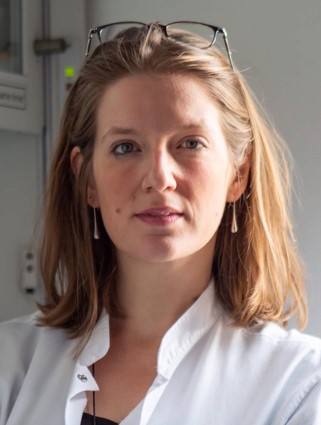
Analytical Method validation & medicinal product lifecycle walking together from bench to market
Currently GMP auditor and consultant for Ellion Belgium, Miloud G. Nichane holds a PhD in molecular and cellular biology. Following his thesis about brain development and architect genes, he has worked for various pharmaceutical companies, from major players (like GlaxoSmithKline and Bill and Melinda Gates Foundation) to promising actors (as Legend Biotechnologies) with the continuous will to support the Belgian and European ecosystem. He had the chance to work on different medicinal products, like plasmid, mRNA, antibodies, blood-derived proteins and T-lymphocytes CAR-T) offering a landscape of life science potentialities.
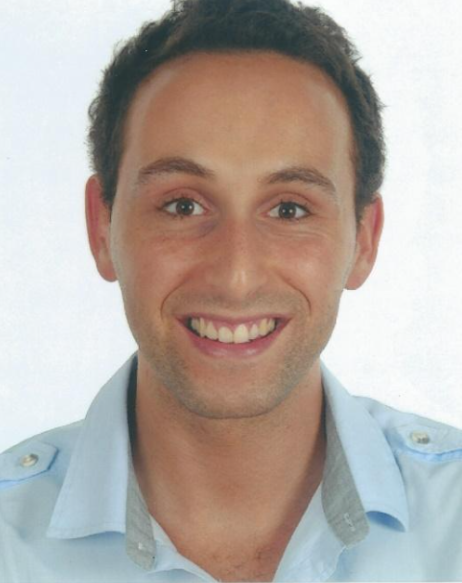
Overcoming barriers to accessibility: scalable, cost-efficient biomanufacturing for gene therapies
Thomas Robert is a Senior Innovation and Product Manager at Univercells Technologies, part of Donaldson Company. With a PhD in medical sciences and a background in biology, Thomas brings extensive expertise in advanced therapies and bioprocess development. He leverages this knowledge to lead the development and commercialization of cutting-edge biomanufacturing solutions.
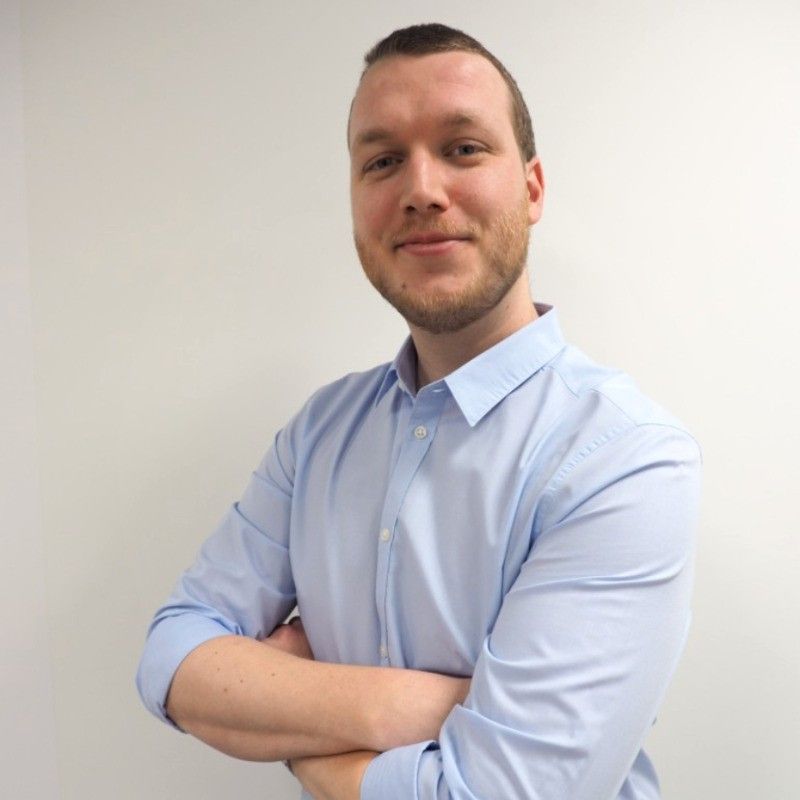
Modeling the Lung Parenchyma in Health and Disease with Organs-on-Chips
Olivier T. Guenat is Professor in Biomedical Engineering at the University of Bern in Switzerland and Head of the Organs-on-Chip Technologies Group at the ARTORG Center. He is associated with the Pulmonary Medicine and the Thoracic Surgery Divisions of the University Hospital of Bern. His research focuses on the development of organs-on-chip, in particular lung-on-chip models that mimic the healthy and diseased in-vivo cellular microenvironments of the lung parenchyma. Prior to his position at the University of Bern, he worked at the Swiss Centre for Electronics and Microelectronics (CSEM), was an assistant professor at Ecole Polytechnique de Montréal (QC, Canada), and did postdoctoral work at Harvard Medical School in Boston and at the University of Neuchâtel in Switzerland. He is the founder of AlveoliX, a biotech start-up company that aims to bring organs-on-chip to market.
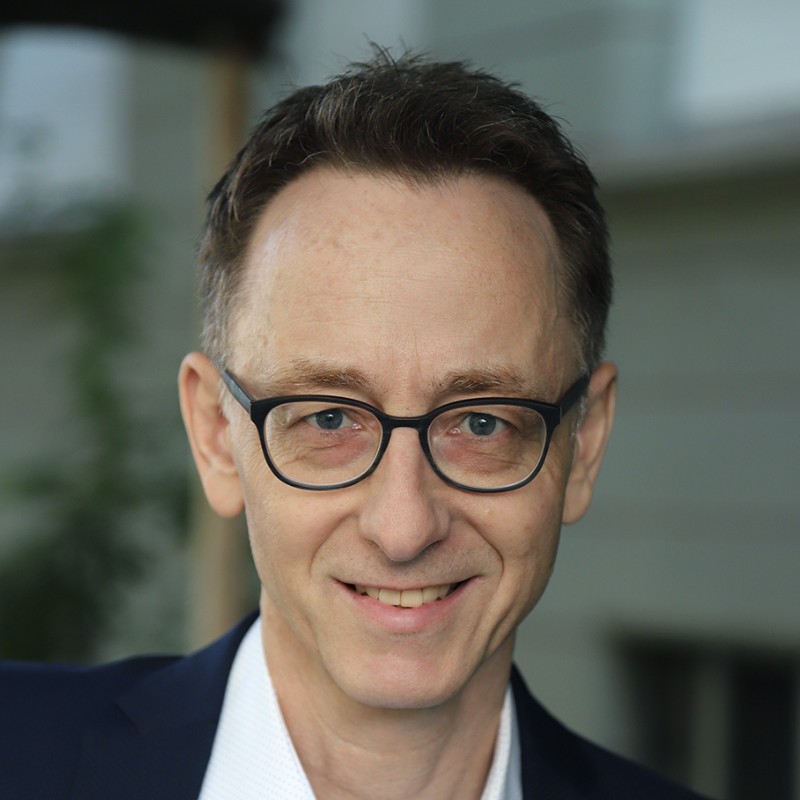
Engineering MicroPhysiological Systems for Investigating Host-Microbes Interactions
Samy Gobaa has centered his career on acquiring the dual competence required to contribute both to technology development and to a deeper understanding of biological systems. His work spans top-down approaches such as high-throughput screening (HTS) and omics, as well as bottom-up strategies including microfluidics, organ-on-chip technologies, and 3D culture systems.
On the engineering front, he has designed a variety of tools and devices specifically tailored to investigate multifactorial interactions between cells and their microenvironment in high-throughput settings. He has also played a key role in the design and implementation of microfluidic assays that can recapitulate tissue-level organization on-chip.
From a biological perspective, Samy has focused on cell- and tissue-level questions, particularly exploring how biophysical and biochemical cues influence stem cell differentiation. His time at ETH Zurich and EPFL helped him develop both a strong appreciation for and expertise in applying engineering principles to address complex biological questions.
In 2015, he joined Institut Pasteur with the goal of integrating the development of bioengineering tools into core facility services. This led to the launch of the Biomaterials & Microfluidics core facility in 2018. Drawing on over 14 years of experience in the bioengineering field, he now focuses on developing physiologically accurate models for infectious diseases.
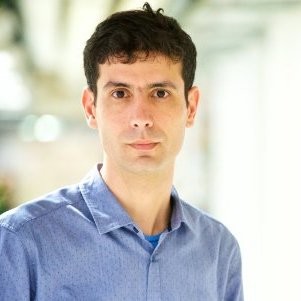
Cutting-edge in vitro models for unlocking the therapeutic potential of mechanobiology
Sylvain Gabriele was trained as a polymer physico-chemist with a focus on the dynamics of confined polymer chains. He changed his field to cell mechanobiology after his PhD and joined the Aix Marseille University (France) as a CNRS postdoctoral fellow. He worked with Olivier Théodoly to study the deformation of deformed immune cells squeezed in microfluidic devices. Then he joined the Kevin Kit Parker’s lab at Harvard University (USA) to work on neuronal mechanics with magnetic tweezers. He is fascinated by integrative tissue dynamics, cytoskeletal mechanics and nuclear mechanotransduction. He started his group at the University of Mons (Belgium) in 2011 and was appointed Associate Professor in 2016. He was invited visiting Professor in the Beth Pruitt’s lab at Stanford University (USA) in 2017 and in the Tsuyoshi’s lab at MBI (Singapore) in 2023. He is now President of the Research Institute for Biosciences at the University of Mons.
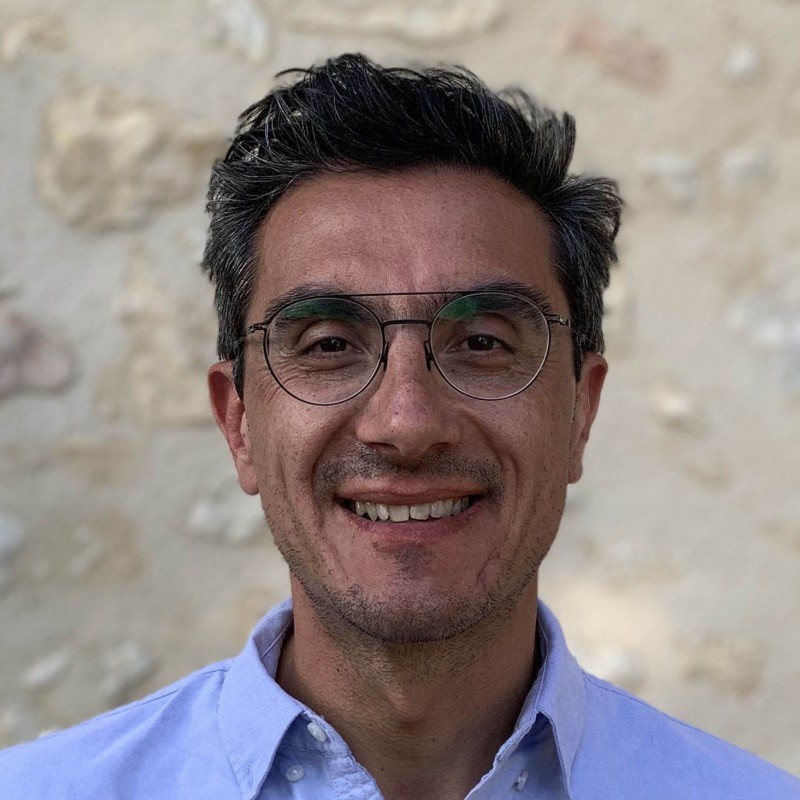
Optimizing recombinant adeno-associated viruses for targeted therapeutic approaches in brain tumors
Dr. Emmanuel Di Valentin obtained his PhD in Sciences from the GIGA Research Centre (ULiège) in 2005 in the field of Varicella Zoster Virus. He then works on asthma project in GIGA Virology laboratory until end of 2011. During 2011 he obtained his biosafety certification. In 2012, he creates the GIGA Viral vectors platform. Since 2009, he oversees biosafety level 2 and 3 laboratories of the GIGA. He published 38 peer-reviewed articles.
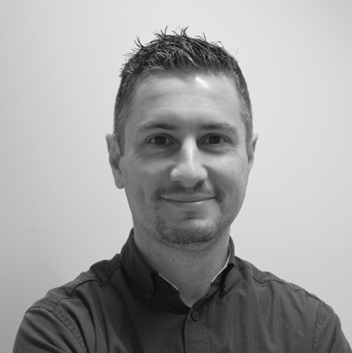
MicroPhysiological systems to Replace, Reduce and Refine animal research
Athanassia Sotiropoulos has a PhD in Cellular and Molecular Biology and is a Research Director at Inserm. Her scientific work in the “Neuromuscular Development, Genetics and Physiopathology” team at the Institut Cochin focuses on cellular and transcriptional signalling and the understanding of adult skeletal muscle plasticity. Since December 2021, she has been director of the GIS FC3R, the French reference centre for all questions relating to the ethical principle of the 3Rs (Replace, Reduce, Refine).

